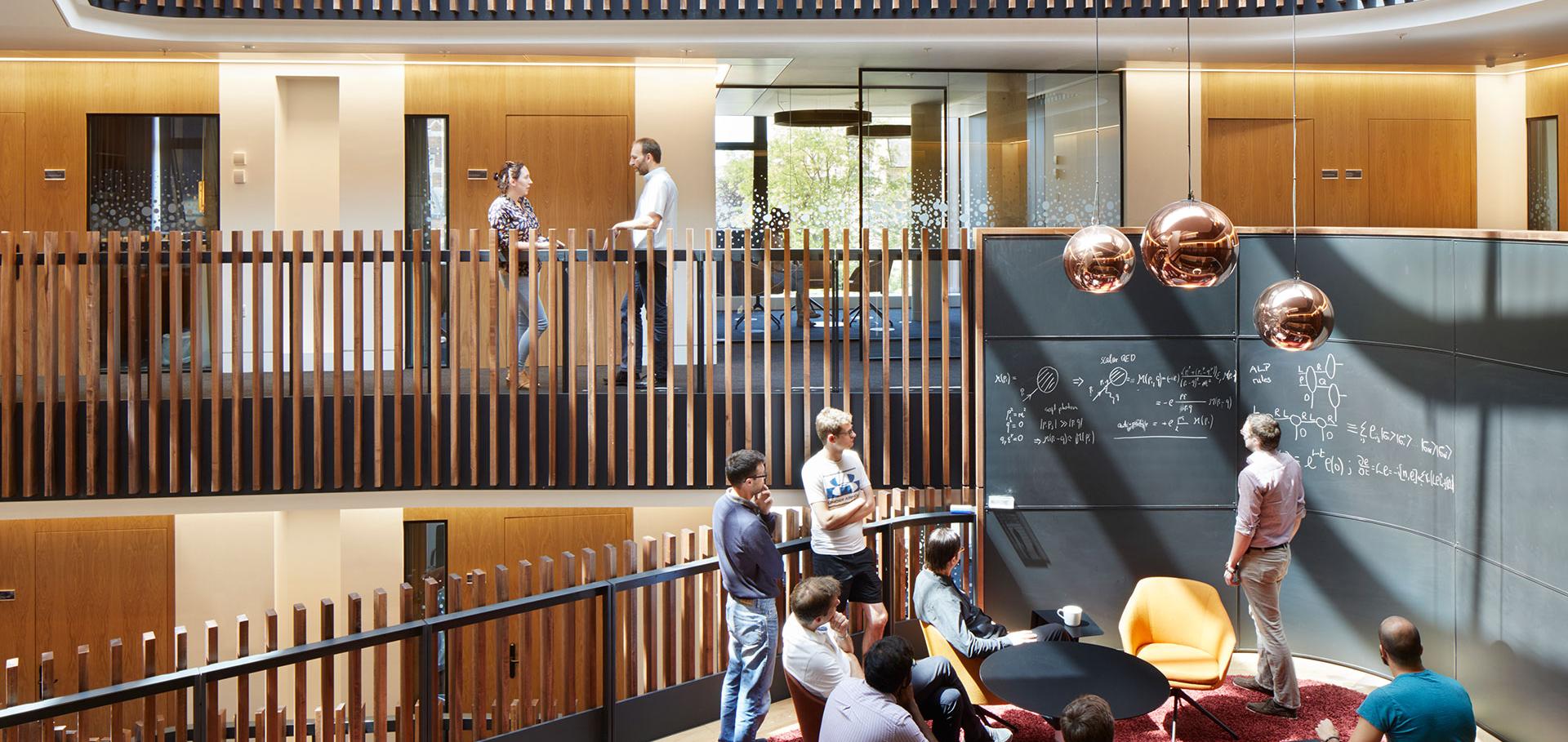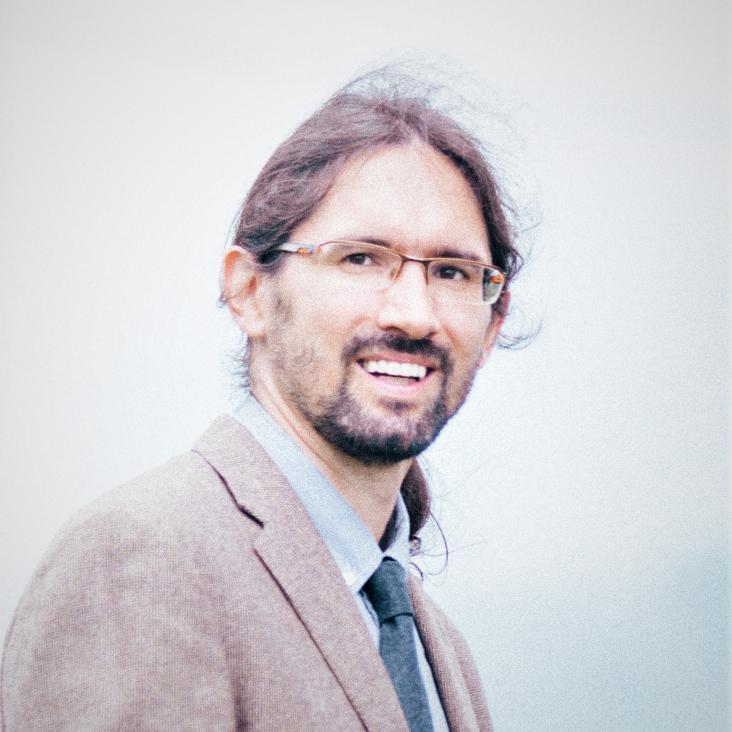Mass-gap mergers in active galactic nuclei
Astrophysical Journal American Astronomical Society 908:2 (2021) 194
Authors:
Hiromichi Tagawa, Bence Kocsis, Zoltan Haiman, Imre Bartos, Kazuyuki Omukai, Johan Samsing
Abstract:
The recently discovered gravitational wave sources GW190521 and GW190814 have shown evidence of BH mergers with masses and spins outside of the range expected from isolated stellar evolution. These merging objects could have undergone previous mergers. Such hierarchical mergers are predicted to be frequent in active galactic nuclei (AGNs) disks, where binaries form and evolve efficiently by dynamical interactions and gaseous dissipation. Here we compare the properties of these observed events to the theoretical models of mergers in AGN disks, which are obtained by performing one-dimensional N-body simulations combined with semi-analytical prescriptions. The high BH masses in GW190521 are consistent with mergers of high-generation (high-g) BHs where the initial progenitor stars had high metallicity, 2g BHs if the original progenitors were metal-poor, or 1g BHs that had gained mass via super-Eddington accretion. Other measured properties related to spin parameters in GW190521 are also consistent with mergers in AGN disks. Furthermore, mergers in the lower mass gap or those with low mass ratio as found in GW190814 and GW190412 are also reproduced by mergers of 2g–1g or 1g–1g objects with significant accretion in AGN disks. Finally, due to gas accretion, the massive neutron star merger reported in GW190425 can be produced in an AGN disk.


